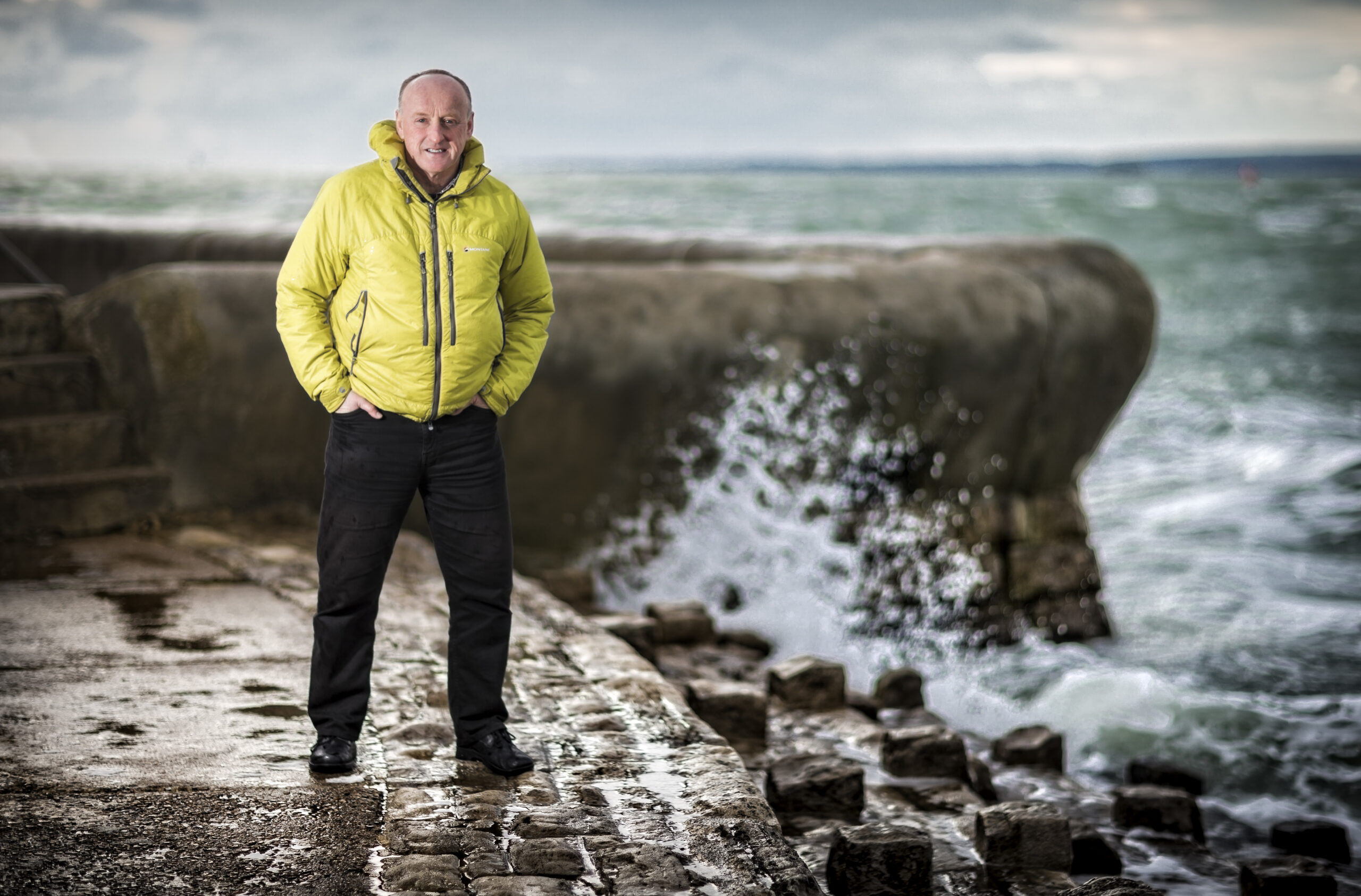To continue swimming in open water through winter safely and comfortably, you'll need to make sure you take measures to keep your body warm. But what are the most important body parts to keep toasty while swimming in cold water? Professor Mike Tipton explains...
If you understand the underpinning physiology, then everything else will make sense. You can’t lump gloves, boots and hats in together, as they do different jobs!
If you go into cold water naked, your body will ‘amputate’ your limbs, as in there will be no blood flow going to them. They will tightly vasoconstrict and the temperature of those limbs will go down to meet water temperature. This is the body trying to conserve the deep body tissue.
We know that people are most comfortable with a mean skin temperature of about 33°C and once those peripheral temperatures drop from the mid-20s through to 15°C you lose mobility, then at around 10°C you get that painful bite.
Protect the limbs
Your hands and feet don’t generate lots of heat, their main source of warmth is blood flowing into them. Add to that our limbs are perfectly designed for losing heat as they’re cylinder shaped and our fingers and toes are small cylinders at that – so by wearing gloves and boots, our goal is to slow down the rate of heat loss.
Cooling is now slowed, whereas if your hand is naked in the cold water, the cold water will clamp it at water temperature almost instantly. By slowing cooling, we retain strength and dexterity for longer.
A call to arms
When it comes to the head, though, things are different, as our head does not vasoconstrict. There’s that old mountaineering adage: ‘If you want to keep warm hands, wear a hat’ – and that’s because lots of heat escapes from your head.
So wearing a cap or hood is actually likely to help maintain that deep body temperature that helps maintain blood flow to the extremities.
You should also try to increase the insulation on your upper arms. As mentioned above, our limbs are cylinder shaped, so they lose heat quickly.
When the tissue, superficial nerves and muscles cools, it can affect bike handling in transition, which is the last thing you want when aiming for that PB.
Image credit: Remy Whiting
